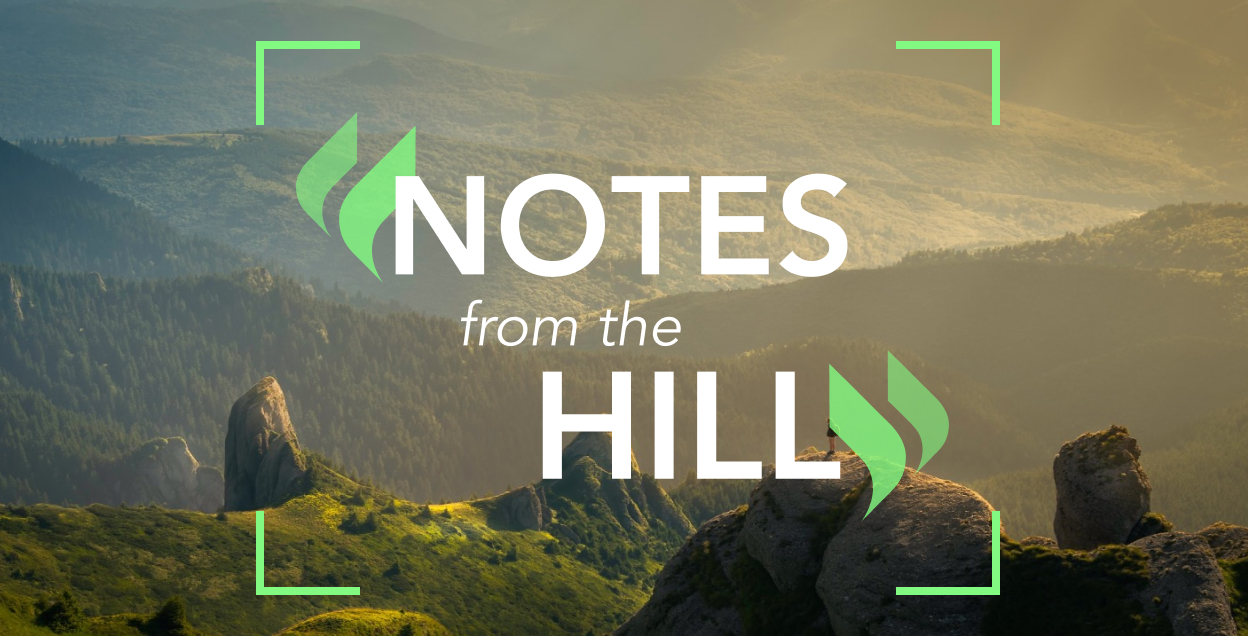Summary

ExHR Highlights: Turning AI Strategy into Workforce Impact
By Rob Buller, Founder and Managing Partner, Cyberhill Partners, Forbes Tech Council Contributor
I recently had the opportunity to speak on a panel at the ExHR Conference, where the room was filled with current and former CHROs—many with tenures at iconic firms like PepsiCo, GE, and Johnson & Johnson. The conversations were real, and the questions were sharp: How do we move AI from hype to real value inside HR?
Here are a few of the key points, both shared and learned.
AI in HR: Where to Start
For most large firms, human capital is the most valuable asset on the balance sheet. But to truly optimize it, organizations need visibility, insight, and predictive capabilities—powered by accurate, secure workforce data.
If you’re a CHRO looking to make AI actionable, the first step isn’t tech. It’s identifying your biggest people problem—and assigning a financial cost to it. From there, the ROI conversation becomes much more straightforward with your CFO or CEO.
Example: If burnout is driving $400M in productivity loss annually, and an AI-driven solution costs $2M? The conversation sells itself.
The Strategic Role of CHROs in AI Adoption
AI touches every function. That’s why CHROs shouldn’t just implement AI—they should help lead it. One practical move? Sponsor the appointment of a Chief AI Officer (CAIO) to coordinate AI initiatives, budgeting, and data governance across the enterprise.
And here’s something that’s often overlooked: the ontology.
A data ontology is how you give AI context—it defines the relationships, roles, and categories within your organization. Think of it as the refinery that transforms raw data into something structured, understandable, and actionable. Without it, AI systems are just pattern matchers. With it, they can reason, infer, and adapt to your business in meaningful ways. The ontology you build isn’t generic—it’s your intellectual property, your workforce blueprint, and your long-term advantage.
What I Learned
Despite the momentum, there are headwinds. Here are some takeaways from the conversations:
• Fear is real. Many employees—especially in lower-level roles—worry AI will replace them. Change management matters.
• Technical gaps exist. Most HR teams aren’t yet equipped to evaluate, procure, or manage AI solutions effectively.
• Employee data is hard to get right. Supervisors, not surveys, are often the best source of actionable insights.
• Privacy and security are top of mind. Especially when employee data is involved, trust and compliance must be built in from the start.
The bottom line? AI has massive potential to transform HR, but the path forward requires clarity, cross-functional leadership, and a rock-solid data foundation—starting with the way you define what matters.

Forbes Feature: The Untapped Power Of Unstructured Data In Enterprise AI

The AI Readiness Gap: Why Most Organizations Aren’t Prepared to Scale AI
